
كيف يتم تعدين USDT (Tether)؟
USDT (Tether) هي عملة مستقرة (Stablecoin) مرتبطة بقيمة الدولار الأمريكي. الهدف الرئيسي منها هو الحفاظ على ثبات القيمة، مما يجعلها وسيلة مريحة للتبادل وتخزين الأصول. لذلك، تلعب USDT دورًا مهمًا في عالم العملات الرقمية من خلال توفير بديل مستقر وسائل للأصول المتقلبة. ولهذا السبب، تجذب USDT بشكل متزايد المهتمين بتعدين عملة لا تتأثر بتقلبات السوق. لكن هل هذا ممكن فعلًا؟ لنكتشف ذلك في هذا المقال!
هل يمكن تعدين USDT؟
السؤال الأهم في مجتمع الكريبتو: هل يمكن تعدين USDT؟ الإجابة هي: لا، لا يمكن تعدين USDT. طبيعة USDT وآلية إنشائها ووظيفتها تختلف اختلافًا كبيرًا عن عملات مثل Bitcoin أو Monero التي يمكن تعدينها.
تقوم شركة Tether Limited بإصدار USDT، وتدّعي أن كل وحدة منها مدعومة بمقدار مكافئ من الدولارات الأمريكية أو من أصول الشركة الاحتياطية. تتم عملية إنشاء USDT على النحو التالي:
-
الإصدار: تصدر شركة Tether Limited رموز USDT جديدة مقابل إيداع مبالغ بالدولار الأمريكي. فعلى سبيل المثال، عندما يودع المستخدم 1000 دولار، تصدر الشركة 1000 USDT.
-
الدعم: تدّعي Tether أن كل USDT صادر مدعوم باحتياطيات من الدولار الأمريكي أو أصول أخرى، مما يضمن ارتباط قيمته بقيمة الدولار.
-
الحاجة إلى التنظيم: للحفاظ على ثقة المستخدمين، يجب على Tether التحقق بانتظام من وجود هذه الاحتياطيات عبر عمليات تدقيق مستقلة.
الفرق بين USDT والعملات الرقمية القابلة للتعدين
لنلق نظرة أقرب على الاختلاف بين USDT والعملات القابلة للتعدين لفهم الآلية بشكل أوضح:
-
المركزية: عملية إصدار USDT مركزية وتُدار بالكامل من قبل Tether Limited، في حين أن التعدين عملية لامركزية يقوم بها العديد من المشاركين في الشبكة.
-
الدعم بالأصول: USDT مدعومة باحتياطيات نقدية (Fiat)، بينما العملات القابلة للتعدين تُنشأ من خلال الجهد الحاسوبي واستهلاك الطاقة.
-
الاستقرار: تهدف USDT للحفاظ على قيمة مستقرة تعادل 1 دولار، بينما تعتمد قيمة العملات الأخرى على العرض والطلب في السوق.
وبالتالي، لا يمكن تعدين USDT بالطرق التقليدية بسبب طبيعتها وآلية إصدارها المركزية والمدعومة بالاحتياطيات النقدية، وهو ما يميزها عن العملات القابلة للتعدين.
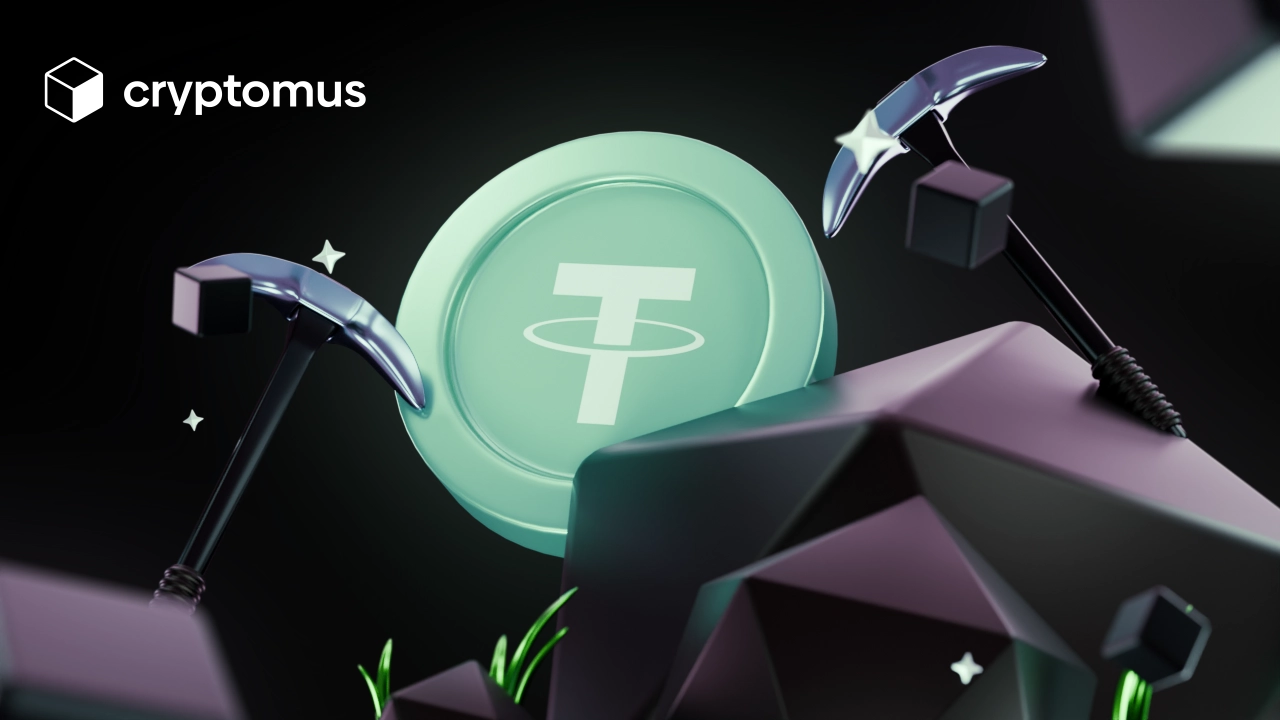
كيفية كسب USDT؟
كما أوضحنا، لا يمكن تعدين USDT، ولكن يمكن كسبها بطرق بديلة مثل Staking أو تعدين السيولة (Liquidity Mining) على منصات التمويل اللامركزي (DeFi).
Staking USDT
يمكنك عمل Staking لـ USDT في منصات التداول. ومع ذلك، يجب التذكير بأن Staking في هذه الحالة يختلف عن العملات التي تعمل بآلية Proof-of-Stake، لأن USDT ليست من هذا النوع. في الواقع، العملية هي إقراض USDT لمنصات معينة مقابل الحصول على فوائد بمرور الوقت. تقوم المنصة باستخدام العملة لتوفير السيولة، ويعتمد مقدار العائد على الطلب وظروف السوق.
تعدين السيولة باستخدام USDT
تعدين السيولة (Liquidity Mining) هو آلية في عالم DeFi يساهم فيها المستخدمون بجزء من أصولهم الرقمية (خصوصًا USDT) مقابل الحصول على مكافآت. تُدفع هذه المكافآت عادة على شكل رموز المنصة الأصلية أو عملات مثل USDT نفسها. من خلال المساهمة في مجمعات السيولة (Liquidity Pools)، يساعد المستخدمون على تسهيل التداول في المنصات اللامركزية (DEXs) ويحصلون على جزء من رسوم العمليات والمكافآت الأخرى.
كيف يعمل تعدين السيولة؟
لفهم تعدين السيولة بشكل أفضل، إليك الخطوات الأساسية:
-
اختيار منصة DeFi موثوقة تدعم تعدين السيولة.
-
توفير السيولة: أودع أصولك (مثل USDT أو عملة رقمية أخرى) في مجمع السيولة، والذي يُستخدم لتسهيل التداول.
-
الحصول على المكافآت: مع كل عملية تداول تستخدم هذا المجمع، تحصل على جزء من رسوم المعاملات ومكافآت إضافية.
-
سحب الأرباح: يمكنك سحب مكافآتك دوريًا، والتي تُدفع عادة بـ USDT أو عملات أخرى.
إضافة إلى ذلك، لا تدعم USDT عملية staking مباشرة. لقد تحدثنا عن ذلك في مقال سابق. لكن يمكنك استخدام عملات أخرى في الـ staking ثم تحويل العوائد إلى USDT. إليك الطريقة:
- اختر عملة للـ staking مثل Tron (TRX)، Ethereum (ETH)، أو Binance Coin (BNB).
- شارك في الـ staking: عبر تشغيل عقدة أو استخدام خدمات طرف ثالث.
- استلم المكافآت: ثم حوّلها إلى USDT عبر المنصات.
في Cryptomus، يمكنك استخدام الـ staking داخل المحفظة والحصول على دخل سلبي، وإذا قمت بعمل staking لـ TRX، يمكنك تحقيق عائد مرتفع يصل إلى 20%!
فوائد ومخاطر تعدين السيولة بـ USDT
تعدين السيولة بـ USDT أصبح طريقة شائعة لتحقيق دخل سلبي في عالم DeFi، لكنه يحمل أيضًا بعض المخاطر. إليك أبرز الفوائد والمخاطر:
الفوائد
-
دخل سلبي: يمكنك كسب دخل سلبي على شكل USDT أو رموز أخرى.
-
دعم نظام DeFi: مشاركتك تساهم في تحسين السيولة وكفاءة المنصات اللامركزية.
-
خيارات مرنة: توفر العديد من المنصات مجمعات مختلفة لتناسب أهدافك ومستوى المخاطرة لديك.
المخاطر
-
الخسارة المؤقتة (Impermanent Loss): إذا تغيرت أسعار العملات في المجمع مقارنة بسعر الإيداع الأصلي، قد تتعرض لخسارة مؤقتة تؤثر على أرباحك.
-
ثغرات العقود الذكية: تعتمد منصات DeFi على العقود الذكية التي قد تحتوي على أخطاء أو قابلة للاختراق، لذلك استخدم المنصات الموثوقة فقط.
-
تقلبات السوق: سوق العملات الرقمية متقلب جدًا، وقد تتغير قيمة المكافآت المكتسبة بشكل كبير.
فهم تعدين السحابة لـ USDT
على عكس عملات مثل Bitcoin، لا يتم تعدين USDT عبر العمليات الحاسوبية. ومع ذلك، يظهر مصطلح "USDT Cloud Mining" أحيانًا في مجتمع الكريبتو.
تعدين السحابة لـ USDT هو خدمة تتيح للمستخدمين تأجير أو شراء أجهزة تعدين موجودة في مراكز بيانات بعيدة، حيث تدير الشركات هذه الأجهزة وتتعامل مع جميع الجوانب التقنية. من الناحية النظرية، يعني ذلك استئجار طاقة تعدين لإنتاج عملات Tether، لكن هذا مضلل للغاية لأن USDT لا يمكن تعدينها بهذه الطريقة.
في الواقع، العديد من خدمات "USDT Cloud Mining" ما هي إلا عمليات احتيال. تعد المستخدمين بعوائد مرتفعة وتغريهم بالأرباح السهلة، لكنها غالبًا لا تفي بوعودها، مما يؤدي إلى خسائر مالية كبيرة.
لذلك، رغم أنه لا يمكن تعدين USDT مباشرة، يمكن كسبها بطرق شرعية مثل تعدين السيولة في DeFi. من المهم أن تكون على دراية بالمخاطر وأن تختار منصات موثوقة لضمان تجربة آمنة ومربحة. تجنب تمامًا العروض التي تدّعي إمكانية تعدين USDT مباشرة، فهي غالبًا احتيالية.
ما رأيك بهذا المقال؟ شاركنا رأيك حول تعدين USDT في التعليقات.
قيم المقال

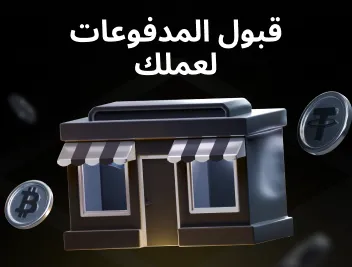
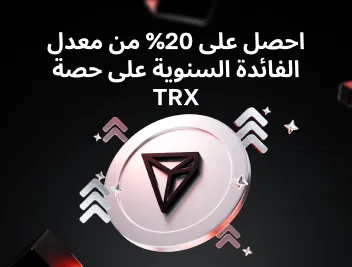
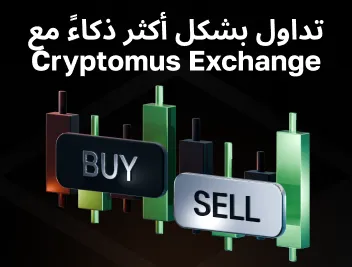


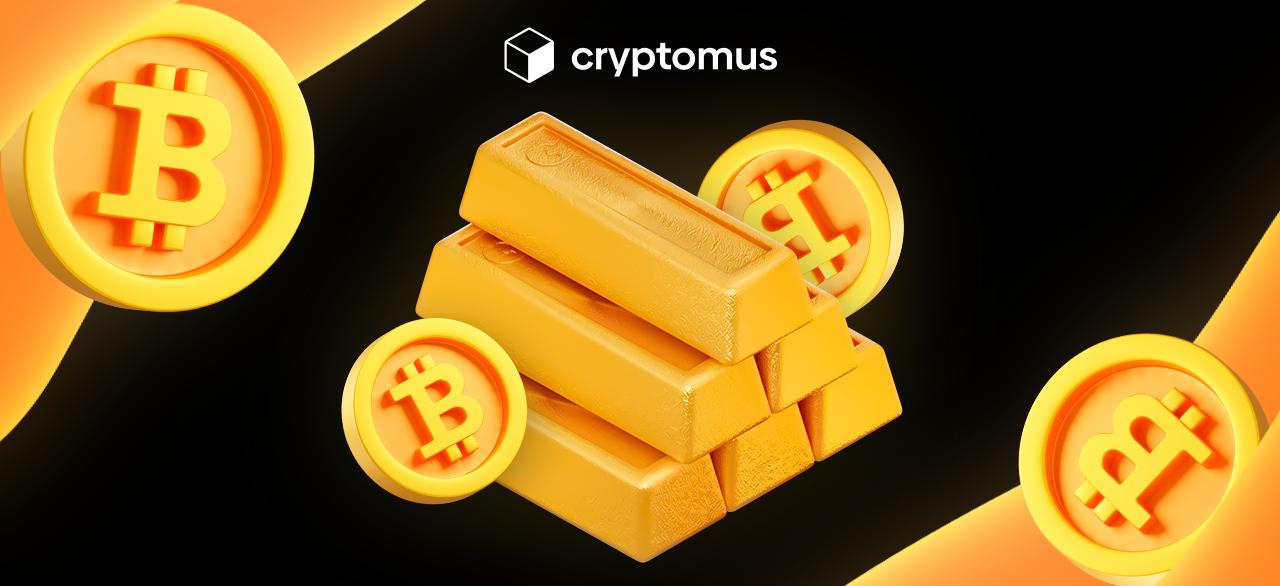

تعليقات
0
يجب أن تكون مسجلا للدخول لتكتب تعليق